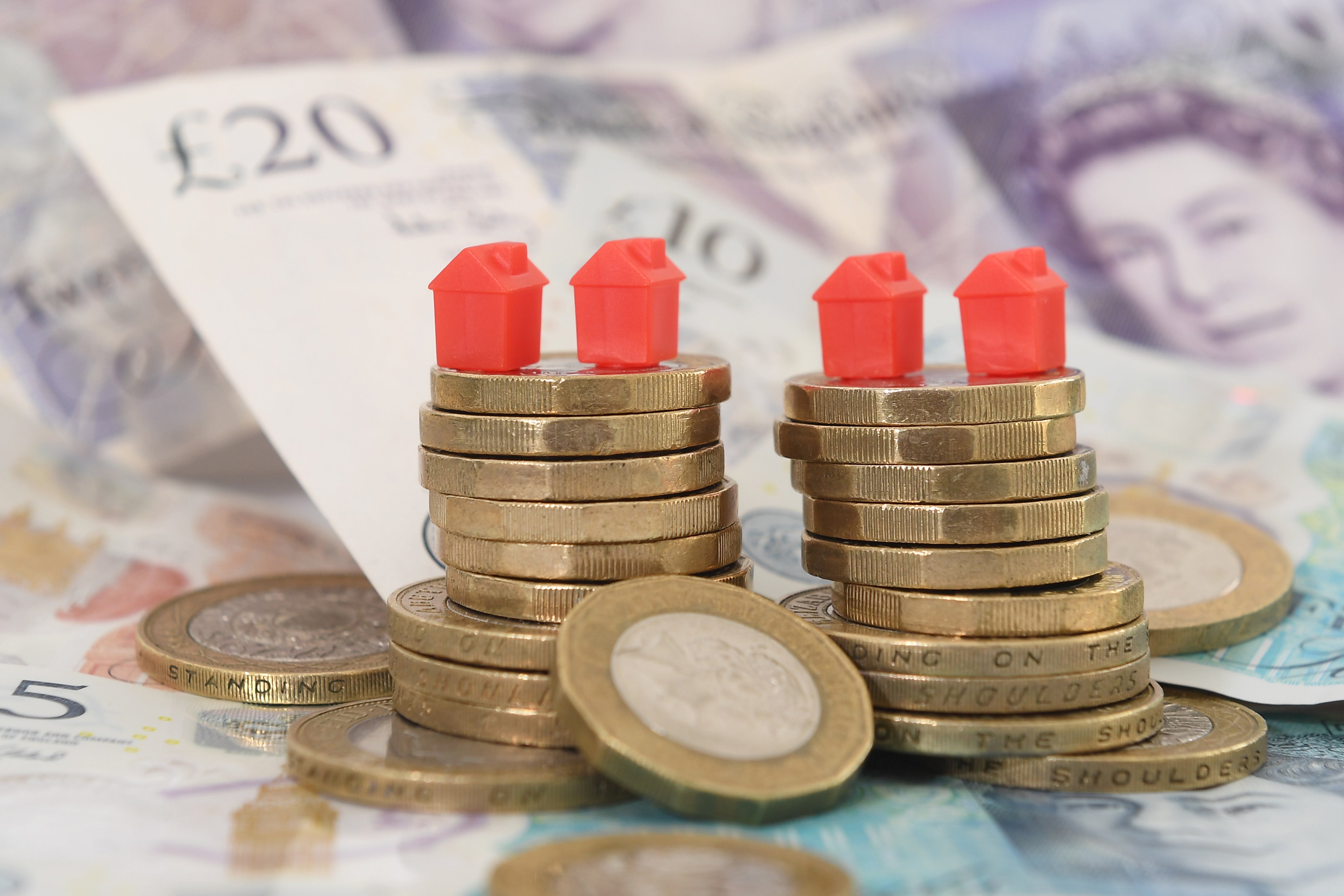Wealth gap between richest and those in middle is highest on record – think tank
Life’s milestones such as saving and getting on the property ladder are increasingly out of reach for some people, the Resolution Foundation said.

Your support helps us to tell the story
This election is still a dead heat, according to most polls. In a fight with such wafer-thin margins, we need reporters on the ground talking to the people Trump and Harris are courting. Your support allows us to keep sending journalists to the story.
The Independent is trusted by 27 million Americans from across the entire political spectrum every month. Unlike many other quality news outlets, we choose not to lock you out of our reporting and analysis with paywalls. But quality journalism must still be paid for.
Help us keep bring these critical stories to light. Your support makes all the difference.
The wealth gap between the top tenth of households and those in the middle has ballooned to a record £1.2 million per adult, according to a think tank.
Aspirations that used to be achievable for at least some less wealthy households, such as saving and becoming a homeowner, are increasingly out of reach, the Resolution Foundation said.
It made the findings in Arrears Fears, the foundation’s third annual wealth audit of Britain – in partnership with the abrdn Financial Fairness Trust.
In 2006 the average household among the richest tenth held wealth of close to £900,000 more per adult than a family in the middle (fifth) decile.
But by the start of 2020 that gap had increased to over £1.2 million per adult, even after accounting for inflation, the foundation said.
Thanks to a multi-decade wealth boom, the UK’s wealth gaps are now the highest on record
Persistently high wealth gaps can affect people’s ability to accumulate wealth, own property and boost their lifetime living standards.
A lack of wealth can limit their ability to withstand unexpected shocks and rising cost pressures.
The foundation also said that the amount of accumulated wealth needed to purchase a home has increased, but incomes have not.
Overall wealth inequality has remained stable, but high, since the mid-1980s, with the richest tenth of families consistently owning around half of total wealth, the foundation added.
The big change over this period has been total household wealth holdings growing from around three times national income in the 1980s to nearly eight times national income in the most recent data.
Much of the build-up in wealth in recent years has been due to “passive” factors, such as rises in asset prices over time, according to the Resolution Foundation, which is focused on improving living standards for people on low to middle incomes.
Increasing asset prices benefit those who already own assets and the building up of savings and the reduction of debts has become increasingly difficult for households who are not already wealthy, it added.
The think tank also said wealth is not being “levelled up”, as London and the South East of England are pulling further away.
The nation’s wealth continues to grow, now nearly eight times national income. However, these gains are unequally shared, with wealth at the top soaring ahead of others
The share of wealth held by families living in the South of England, including London, rose from 42% of total wealth in 2006-2008 to 46% in 2018-2020.
Jack Leslie, senior economist at the Resolution Foundation, said: “Levels of wealth inequality in the UK have remained high but steady since the 1980s.
“But, thanks to a multi-decade wealth boom, the UK’s wealth gaps are now the highest on record. The UK is second only to the US when it comes to wealth gaps in advanced economies.
“Milestones such as building up savings and becoming a homeowner are increasingly out of reach for those who are not already wealthy, while the cost-of-living crisis is exposing families who have no financial buffer to cope with rising cost pressures.
“Policymakers must prioritise supporting these wealth-less households during the current crisis, as well as recognising how wealth is reshaping Britain, and not always in a positive way.”
Mubin Haq, chief executive of abrdn Financial Fairness Trust, said: “The nation’s wealth continues to grow, now nearly eight times national income. However, these gains are unequally shared, with wealth at the top soaring ahead of others.
“As the cost-of-living crisis deepens it’s those on lower incomes who are most in need of a savings buffer to help them through these hard times.
“Yet they are the ones who are less likely to have any assets and have seen little growth in any assets they do own.
“Increasingly the UK is becoming fragmented and divided with too many families facing a bleak future.”
The foundation analysed the Office for National Statistics (ONS) Wealth and Assets Survey which looks at wealth in Britain among other data.
A Government spokesperson said: “Latest figures show that income inequality fell last year and the number of people in absolute poverty has fallen by 600,000 compared to 2019/20.
“We know people are struggling with rising prices, which is why we’re making £1,200 of direct payments to the eight million most vulnerable families, introducing a £330 tax cut for all workers, and reforming universal credit so that people can keep £1,000 more of their earnings.”
Pat McFadden, Labour’s shadow chief secretary to the Treasury, said: “For many people, the past decade has been one of stagnation in their incomes. That is because the economy has been weak during the Conservatives’ years in power and a fourth Tory Prime Minister in six years won’t change that.
“We need a stronger economy where people in all income groups and every part of the country can benefit from the proceeds of growth.”
Subscribe to Independent Premium to bookmark this article
Want to bookmark your favourite articles and stories to read or reference later? Start your Independent Premium subscription today.